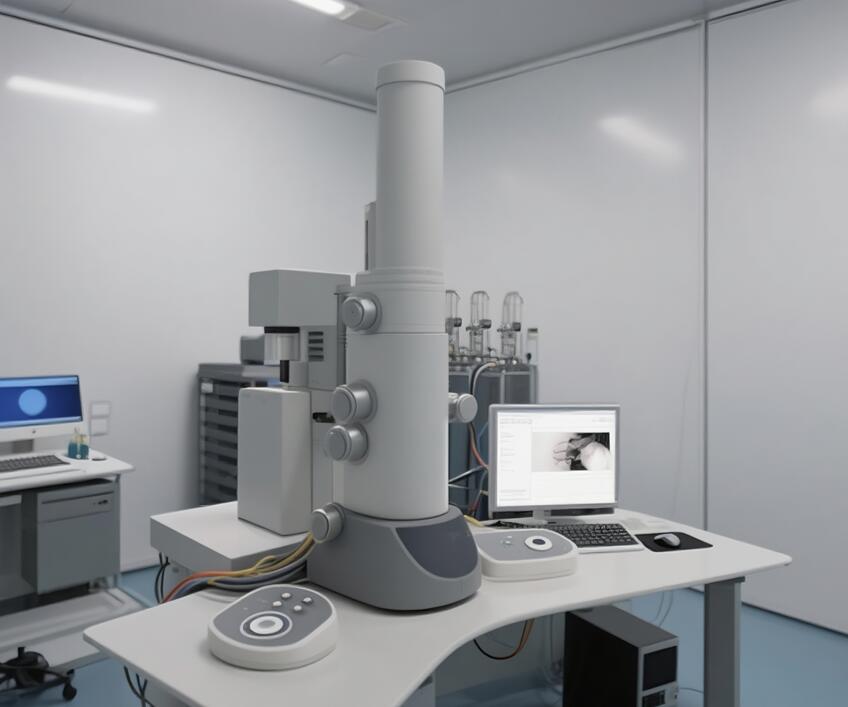In the exploration of the microscopic world, scanning electron microscopes (SEM) and transmission electron microscopes (TEM) serve as the "eyes" of scientists, while ion pumps are one of the key components ensuring these "eyes" remain clear and bright. Though they do not directly form images, they are the unsung heroes maintaining the high-performance operation of electron microscopes.
The electron microscope utilizes an electron beam to observe the microscopic structure of samples, but it requires an ultra-high vacuum environment for normal operation. If the vacuum level is insufficient, the filament of the electron gun is highly prone to burnout, and the electron beam will scatter upon collision with residual air molecules, resulting in blurred imaging, reduced resolution, and severely compromising the accuracy of the analysis.
The ion pump plays an indispensable role in this context. It is primarily used in high-end electron microscopes that require ultra-high vacuum conditions (typically reaching the 1E-10 mbar level). Unlike mechanical pumps or turbomolecular pumps, the ion pump operates by ionizing and trapping residual gas molecules within the vacuum chamber. Due to the absence of moving mechanical components inside, it generates minimal vibration and electromagnetic noise during operation, which is crucial for electron microscopes that are extremely sensitive to vibrations and demand highly precise electron beam positioning.
In SEM, the high vacuum environment ensures that the electron beam can accurately scan the sample surface, producing clear secondary electron signal imaging. If the vacuum is insufficient, not only will the image quality deteriorate, but the signal reception efficiency of the detector will also decrease.
For TEM, the requirements are often more stringent. TEM requires the electron beam to penetrate thin samples, and any interference from gases can cause severe scattering and aberrations. Ion pumps are frequently employed specifically to maintain ultra-high vacuum in the TEM electron gun region, isolated from the rest of the column through differential pumping ports, effectively preventing degradation of the electron gun and ensuring the stability of high-resolution imaging.
It is worth mentioning that to further enhance performance, advanced ion pumps also incorporate special designs, such as low magnetic leakage technology, to minimize electromagnetic interference with the electron beam and ensure clear and stable imaging. Without the "quiet" ultra-high vacuum environment provided by ion pumps, modern electron microscopes would be unable to achieve the astonishing resolution at the atomic scale. Working silently within the microscope column, they serve as a crucial foundation supporting scientists in glimpsing the nanoscale world.
